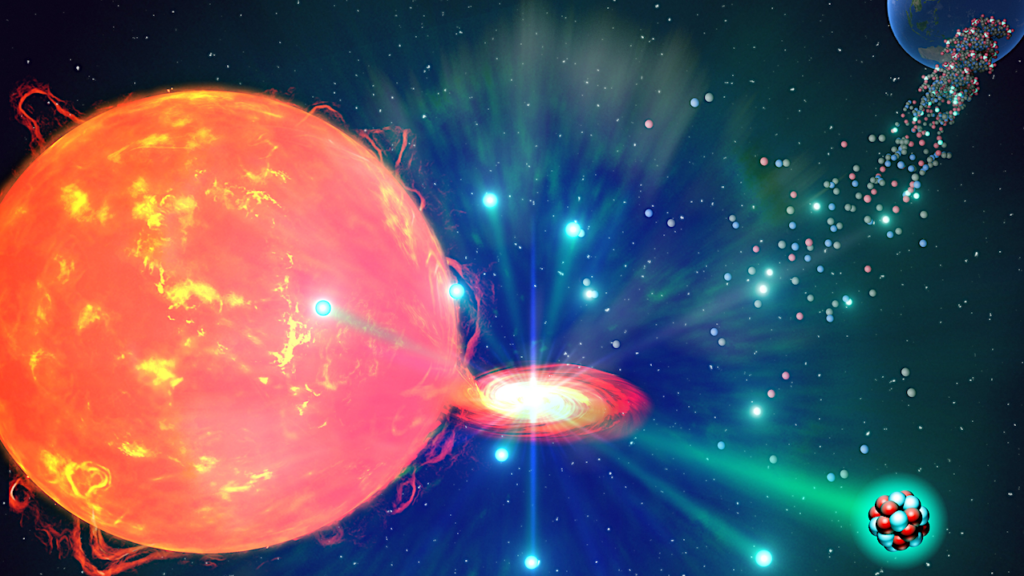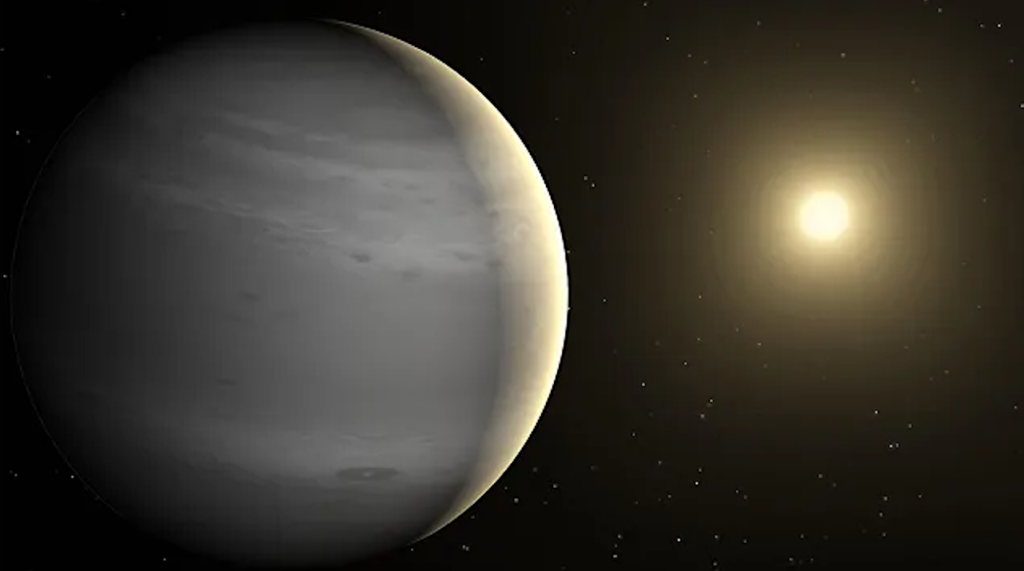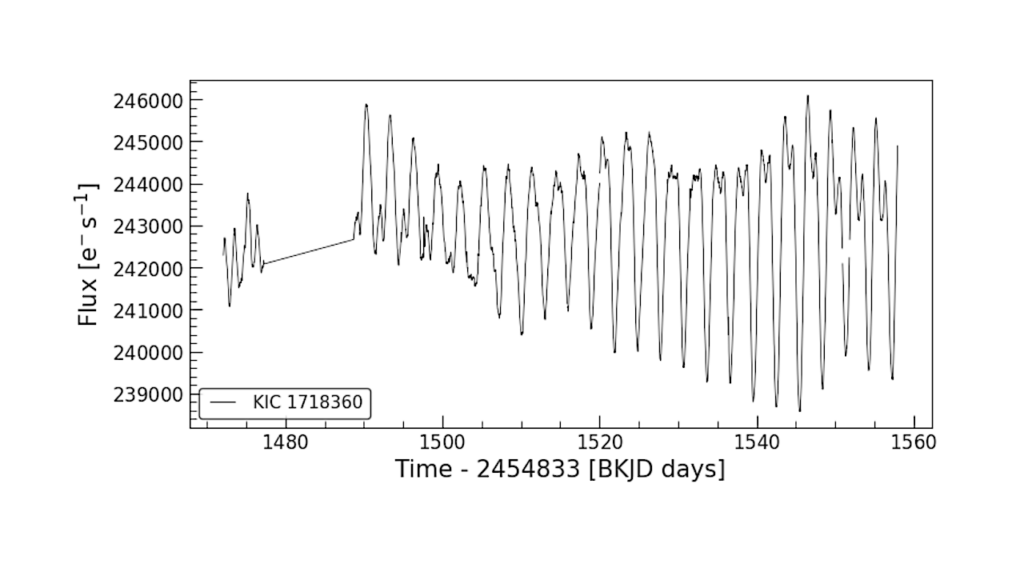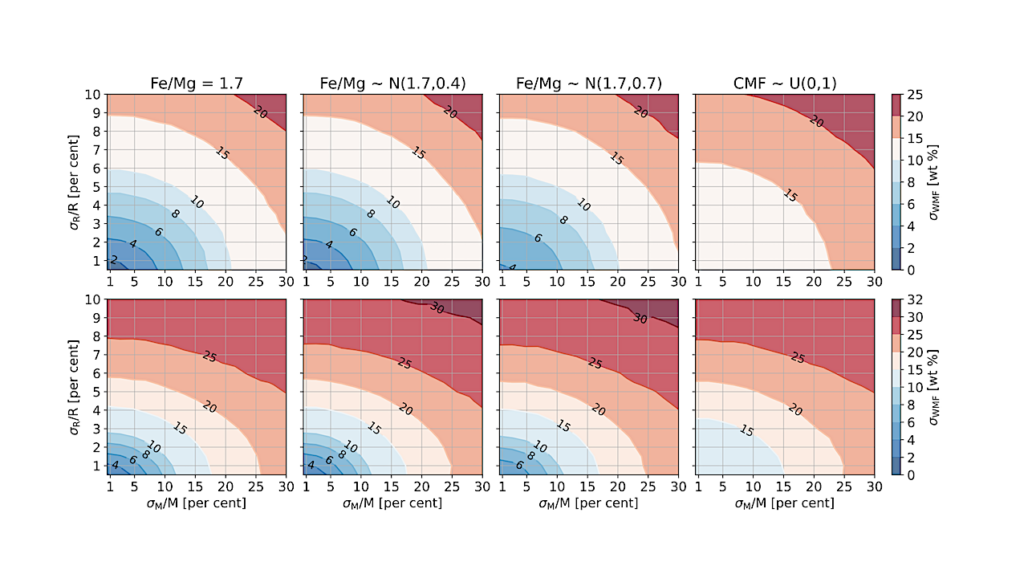ExoplANETS-A: A VO Database For Host Stars And Planetary Systems: The Effect Of XUV On Planet Atmospheres
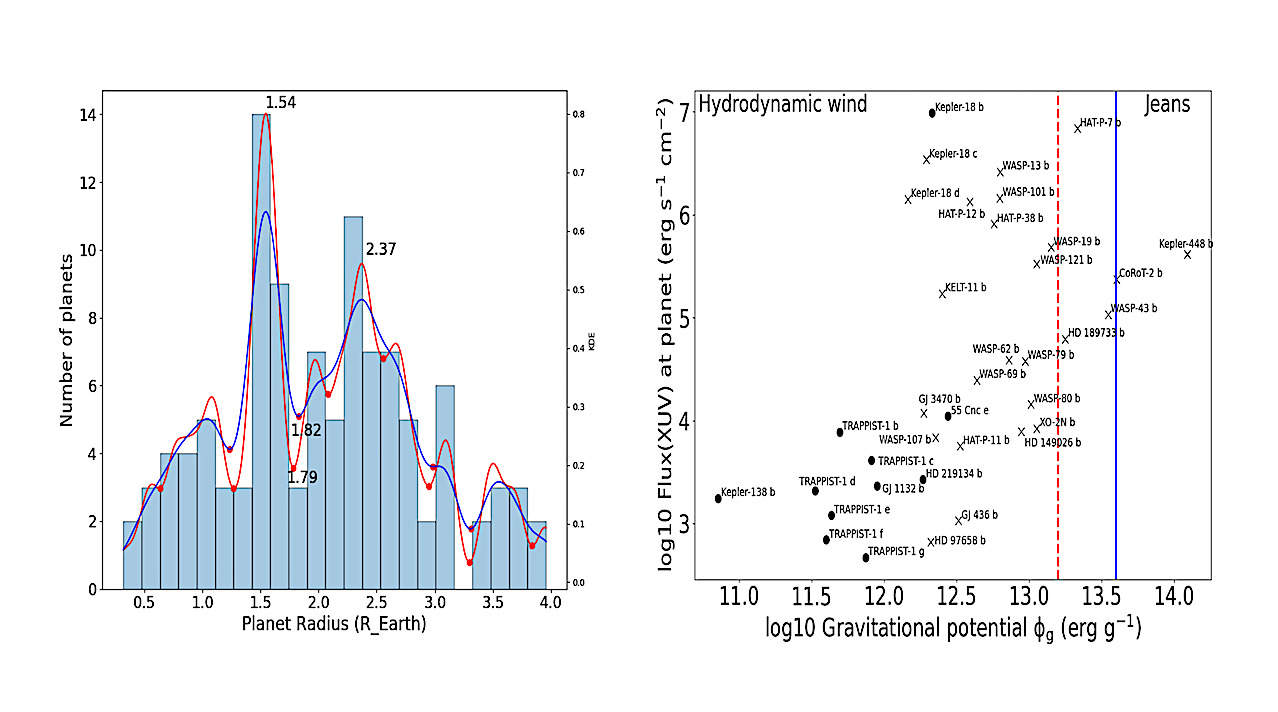
ExoplANETS-A is an EU Horizon-2020 project with the primary objective of establishing new knowledge on exoplanet atmospheres. Intimately related to this topic is the study of the host-stars radiative properties in order to understand the environment in which exoplanets lie.
The aim of this work is to exploit archived data from space-based observatories and other public sources to produce uniform sets of stellar data that can establish new insight on the influence of the host star on the planetary atmosphere. We have compiled X-ray and UV luminosities, which affect the formation and the atmospheric properties of the planets, and stellar parameters, which impact the retrieval process of the planetary-atmosphere’s properties and its errors.
Our sample is formed of all transiting-exoplanet systems observed by HST or Spitzer. It includes 205 exoplanets and their 114 host-stars. We have built a catalogue with information extracted from public, online archives augmented by quantities derived by the Exoplanets-A work. With this catalogue we have implemented an online database which also includes X-ray and OHP spectra and TESS light curves. In addition, we have developed a tool, exoVOSA, which is able to fit the spectral energy distribution of exoplanets.
We give an example of using the database to study the effects of the host-star high-energy emission on the exoplanet atmosphere. The sample has a planet radius valley which is located at 1.8 Earth radii, in agreement with previous studies. Multiplanet systems in our sample were used to test the photoevaporation model and we find that out of 14 systems, only one significant case poses a contradiction to it (K2-3). In summary, the exoplanet and stellar resources compiled and generated by ExoplANETS-A form a sound basis for current JWST observations and for future work in the era of Ariel.
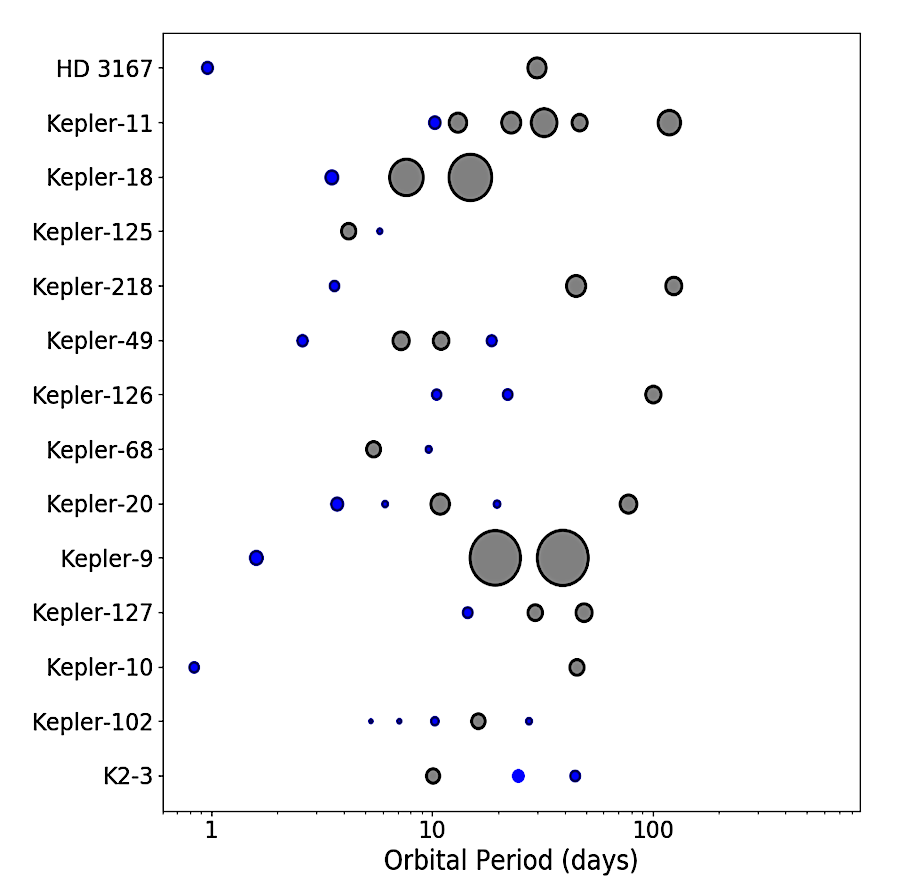
Architecture for the systems tested with the photoevaporation model. Planets below the 1.8 RL radius gap are blue and planets above the gap are grey with black outline. Marker size is scaled linearly to indicate planet radius, ranging from 0.5 to 8.3 RL. — astro-ph.SR
M. Morales-Calderón, S.R.G. Joyce, J.P. Pye, D. Barrado, M. García Castro, C. Rodrigo, E. Solano, J.D. Nichols, P.O. Lagage, A. Castro-González, R. A. García, M. Guedel, N. Huélamo, Y. Metodieva, R. Waters
Comments: 14 pages
Subjects: Solar and Stellar Astrophysics (astro-ph.SR); Earth and Planetary Astrophysics (astro-ph.EP)
Cite as: arXiv:2405.06577 [astro-ph.SR] (or arXiv:2405.06577v1 [astro-ph.SR] for this version)
Submission history
From: Simon Joyce Dr
[v1] Fri, 10 May 2024 16:25:14 UTC (1,128 KB)
https://arxiv.org/abs/2405.06577
Astrobiology,



